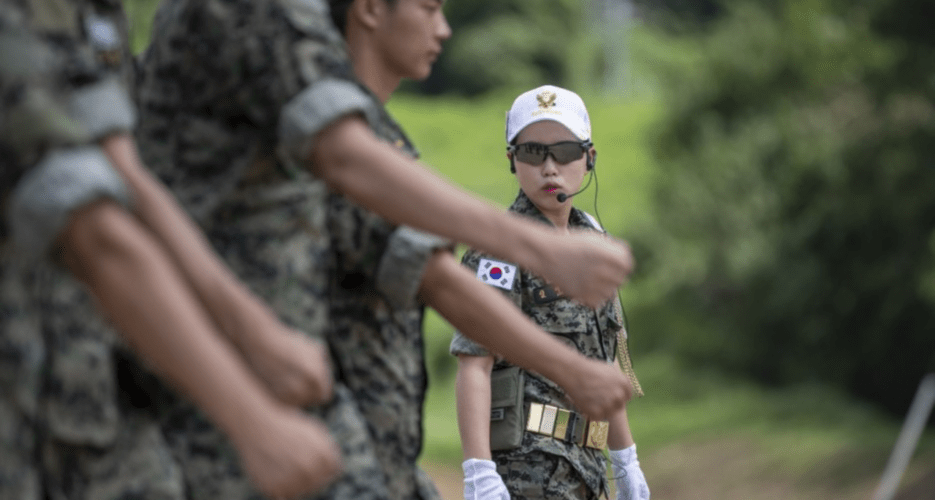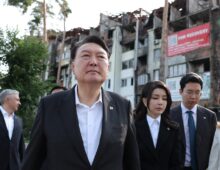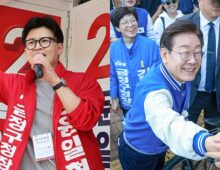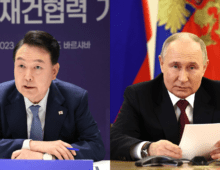Population decline creates big need for troops, but public opinion and institutional norms may not move quickly enough
Sergeant Im Ye-won, the sole female instructor at the special warfare school's NCO training unit, leads comprehensive training in Taekwondo and formal drill education for over 30 cadet candidates, Sept. 9, 2019 | Image: ROK Army Headquarters
As South Korea grapples with a declining birth rate and a shrinking pool of young men available for the country’s mandatory military service, New Reform Party (NRP) leader Lee Jun Seok’s proposal to make military service mandatory for women seeking public sector roles has sparked a heated debate.
While the proposal aims to address the country’s demographic challenges and ease the burden on male conscripts, it also highlights the deep-seated gender discrimination and inadequate facilities for women in the South Korean military.
As South Korea grapples with a declining birth rate and a shrinking pool of young men available for the country’s mandatory military service, New Reform Party (NRP) leader Lee Jun Seok’s proposal to make military service mandatory for women seeking public sector roles has sparked a heated debate.
While the proposal aims to address the country’s demographic challenges and ease the burden on male conscripts, it also highlights the deep-seated gender discrimination and inadequate facilities for women in the South Korean military.
Get 30 days
of free access to
KoreaPro
Full access to all analysis
The KOREA PRO newsletter, every business day
Daily analysis on the top story of the day
The ability to suggest topics for coverage by our specialist team
Be smart about South Korea
Get full access to expert analysis and opinion.
Start now
No charges during your trial. Cancel anytime. A paid subscription will start after 30 days.
© Korea Risk Group. All rights reserved.
No part of this content may be reproduced, distributed, or used for
commercial purposes without prior written permission from Korea Risk
Group.












